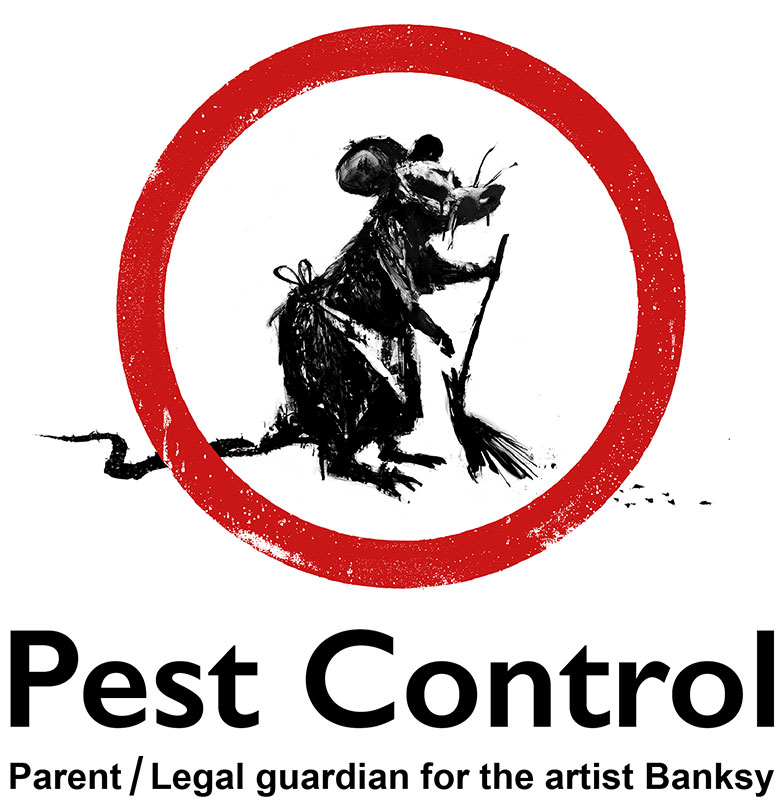Experienced A1 Exterminators Charlotte NC - Quick and Trustworthy Solutions
Experienced A1 Exterminators Charlotte NC - Quick and Trustworthy Solutions
Blog Article
Bed Bug Therapy Breakdown: Comparing Chemical Vs. Non-Chemical Solutions
In the realm of insect control, particularly when managing the consistent issue of bed insects, the choice in between chemical and non-chemical treatment options can be a pivotal one. Both methods provide distinctive advantages and downsides, influencing variables such as efficiency, security factors to consider, and general price. By taking a look at the nuanced information of each technique, a clearer understanding of which path to go after in addressing a bed insect problem can be achieved.
Efficiency of Chemical Therapies
Chemical treatments for bed bug infestations have been widely recognized for their rapid and potent effectiveness in removing these bugs. When thinking about the efficiency of chemical treatments, it is critical to recognize that they can offer a extensive and quick service to a bed pest problem.
Additionally, chemical treatments have the benefit of using recurring impacts, meaning that they can continue to remove bed pests even after the initial application. This residual activity is especially useful in combating any potential re-infestations. In addition, the rapid action of chemical treatments can bring alleviation to individuals dealing with severe bed pest invasions, enabling them to regain control of their living rooms promptly.
Safety And Security Worry About Chemical Solutions
One vital aspect that needs cautious consideration when making use of chemical remedies for bed pest treatment is ensuring the safety and security of owners and the environment. Direct exposure to specific chemicals made use of in bed insect therapies can lead to respiratory issues, skin irritability, or other negative responses, particularly in people with pre-existing problems or sensitivities.
Furthermore, the environmental impact of chemical solutions is an additional considerable consideration. Some pesticides made use of in bed pest therapies may be damaging to useful bugs, wildlife, and ecological communities if they seep into the soil or water supply. It is crucial to utilize chemical therapies sensibly, adhering to security guidelines, and taking into consideration less hazardous options to reduce these risks and make certain the secure and efficient administration of bed pest infestations.
Advantages of Non-Chemical Strategies
Taking into consideration the potential safety and security worries and environmental influence connected with chemical solutions for bed pest treatment, discovering non-chemical techniques presents an encouraging option with several unique benefits. Non-chemical approaches provide a more secure choice for houses, particularly those with pet dogs, youngsters, or individuals Go Here conscious rough chemicals. These approaches eliminate the risks of exposure to toxic compounds, decreasing the capacity for unfavorable health and wellness effects. Furthermore, non-chemical therapies are ecologically friendly, as they do not contribute to air or water pollution, making them a sustainable choice for insect control.
Furthermore, non-chemical services can be effective in targeting bed pests, consisting of hard-to-reach areas where chemical therapies may not penetrate - A1 bed bug exterminator charlotte. Methods such as warmth treatment, vacuuming, steam cleaning, and bed mattress encasements give complete removal without the usage of unsafe chemicals.
Limitations of Non-Chemical Treatments

Additionally, non-chemical treatments typically need several applications to accomplish successful elimination. This can be lengthy and may not always ensure complete elimination of all bed bugs and their eggs, particularly in hidden or hard-to-reach locations.
In addition, the success of non-chemical treatments greatly relies upon proper execution and thoroughness, which can be testing for people without expert experience. Poor application of non-chemical approaches might result in insufficient removal, resulting in persistent infestations and the demand for added treatments.
For that reason, while non-chemical therapies have their advantages, it is necessary to acknowledge these constraints and consider them when figuring out one of the most reliable approach for managing bed bug infestations.
Expense Contrast: Chemical Vs. Non-Chemical Options
Provided the limitations linked with non-chemical treatments, a necessary facet to review in the context of bed pest administration is the cost comparison between chemical and non-chemical alternatives. In contrast, non-chemical therapies like warmth therapy or vapor can be a lot more expensive, with prices ranging from $1,000 to $6,000 for an entire home. While the initial cost of chemical treatments might seem reduced, several therapies may be required to completely eliminate the infestation, potentially enhancing the general expense.
Final Thought

Considering the prospective safety and security concerns and environmental effect linked with chemical solutions for bed bug treatment, checking out non-chemical strategies presents an appealing option with numerous distinctive benefits.Given the restrictions connected with non-chemical therapies, an essential aspect to assess in the context of bed insect administration is the price comparison in between chemical and non-chemical options. In contrast, non-chemical therapies like heat treatment or steam can be much more expensive, with prices ranging from $1,000 to $6,000 for an entire home. While the preliminary expense of chemical treatments may seem lower, visite site multiple therapies may be required to completely eliminate the infestation, possibly raising the general expense.In final thought, when comparing chemical and non-chemical bed insect treatment options, it is important to consider effectiveness, safety, benefits, constraints, and price.
Report this page